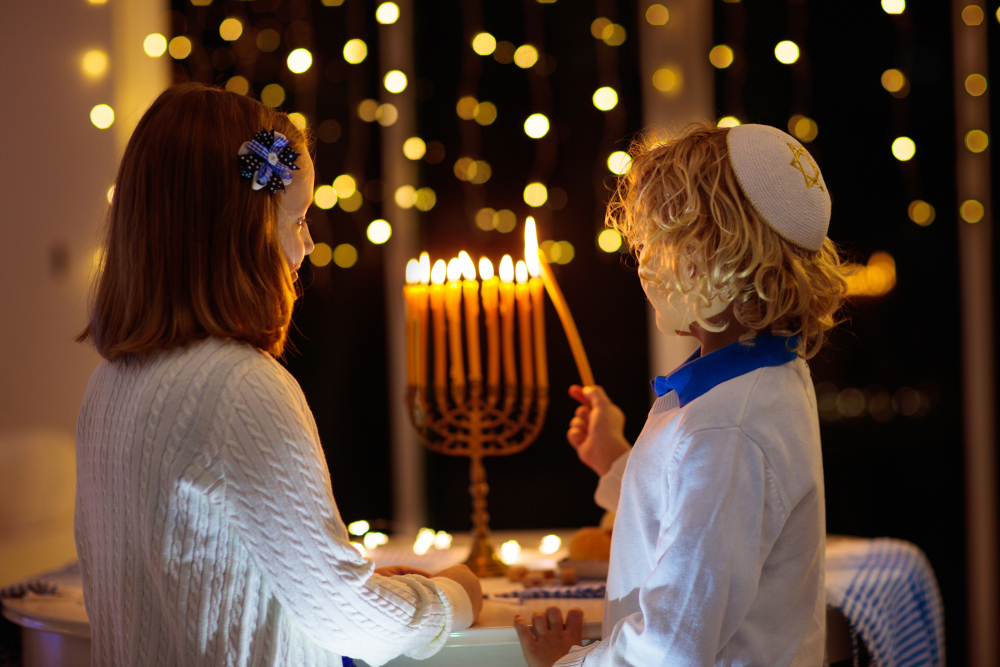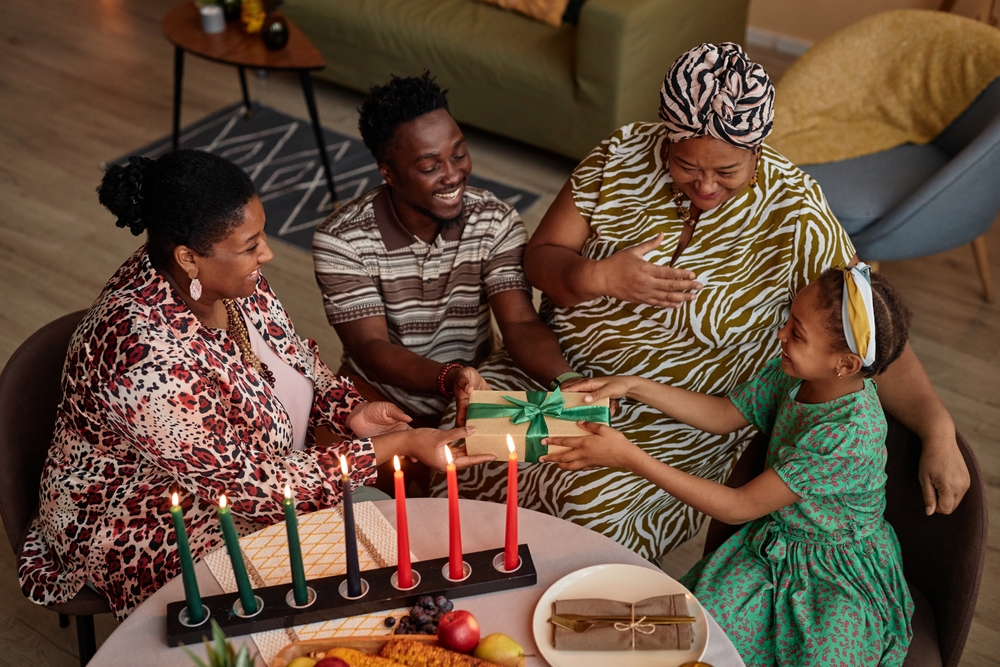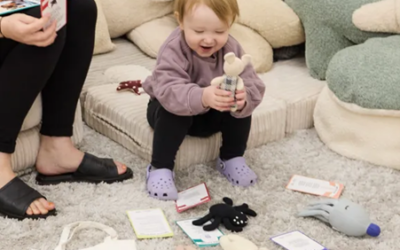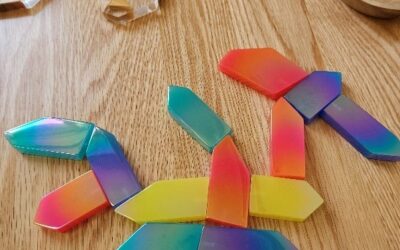Exploring Winter Celebrations: Christmas, Hanukkah, and Kwanzaa
The festive season is a time of joy, reflection, and togetherness. While Christmas is widely celebrated, it’s important for educators to recognize and teach about other significant cultural celebrations occurring around the same time—Hanukkah and Kwanzaa. These holidays offer rich opportunities for learning about diversity, respect, and inclusion.
In this blog, we’ll explore the key traditions, symbols, and histories behind these celebrations to inspire meaningful conversations and activities in your setting.

Christmas
When: 25th December (and the Advent season preceding it).
Who Celebrates: Primarily Christians, though it has also become a cultural holiday in many secular communities worldwide.
Key Facts:
Christmas commemorates the birth of Jesus Christ.
Traditions include decorating Christmas trees, giving gifts, attending church services, and sharing festive meals.
Symbols like Santa Claus/Father Christmas, stockings, and mistletoe add to the holiday’s charm and cultural appeal.
Activity Ideas:
Have children create Christmas cards using cultural symbols from around the world (e.g., German gingerbread houses, Scandinavian straw goats).
Explore how Christmas traditions vary globally such as spiderweb Christmas tree ornaments in Ukraine or barbecues on the beach in Australia!

Hanukkah
When: Varies annually (typically late November to late December). This year, Hanukkah begins on the evening of 25th December and ends on 2nd January.
Who Celebrates: Jewish communities worldwide.
Key Facts:
Hanukkah, also known as the Festival of Lights, commemorates the rededication of the Second Temple in Jerusalem after the Maccabean Revolt.
A key tradition is lighting the menorah, with one candle lit each night for eight nights.
Traditional foods include latkes (potato pancakes) and sufganiyot (jelly donuts), both fried in oil to symbolize the miracle of the temple’s oil lasting eight days.
Activity Ideas:
Teach children how to play dreidel and discuss its historical and cultural significance.
Create paper menorahs and discuss the story of Hanukkah and the miracle of the oil.

Kwanzaa
Kwanzaa
When: 26th December until 1st January.
Who Celebrates: Primarily African American communities in the United States, though it has spread to other parts of the world.
Key Facts:
Kwanzaa was created in 1966 by Dr. Maulana Karenga to honor African heritage and cultural traditions.
The celebration focuses on seven principles, known as the Nguzo Saba: unity, self-determination, collective work and responsibility, cooperative economics, purpose, creativity, and faith.
Each night, families light a candle on the kinara (candle holder) and discuss one of the principles.
Activity Ideas:
Encourage children to learn about the seven principles and create art representing one that resonates with them.
Share traditional African music, recipes, and crafts to explore the cultural roots of Kwanzaa.
Explore our Seasonal Crafting Essentials and bring cultural celebrations to your setting today!
Related blogs
Your Guide to the School-Based Nursery Capital Grant
What is the School-Based Nursery Capital Grant? For schools aiming to enhance their nursery facilities, the School-Based Nursery Capital Grant provides a simple funding solution. This grant is open to eligible state-funded primary schools in England that...
Top Tips for Play with Rhyme Time
Author: Alice Sharp Alice is nationally and internationally recognised as using a dynamic and innovative approach to children. She uses an experiential approach in her role as early childhood influencer, keynote speaker, mum and writer. She is waiting to uplift...
Top Tips for Play with Gems, Jewels and Sparkles!
Author: Alice Sharp Alice is nationally and internationally recognised as using a dynamic and innovative approach to children. She uses an experiential approach in her role as early childhood influencer, keynote speaker, mum and writer. She is waiting to uplift...


